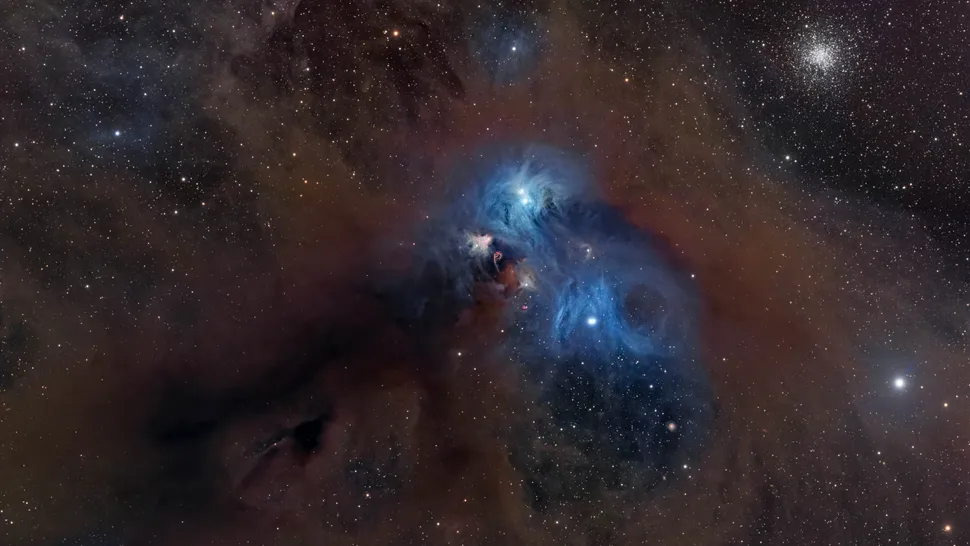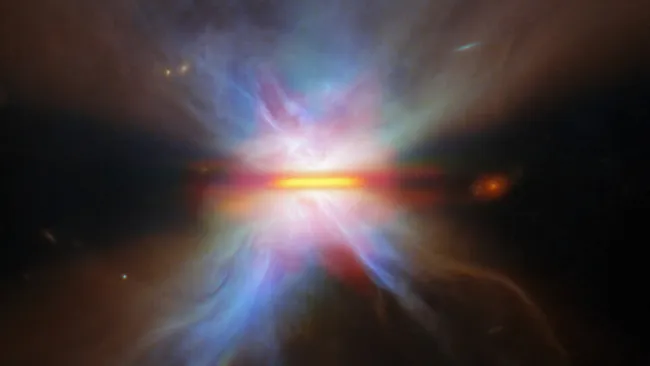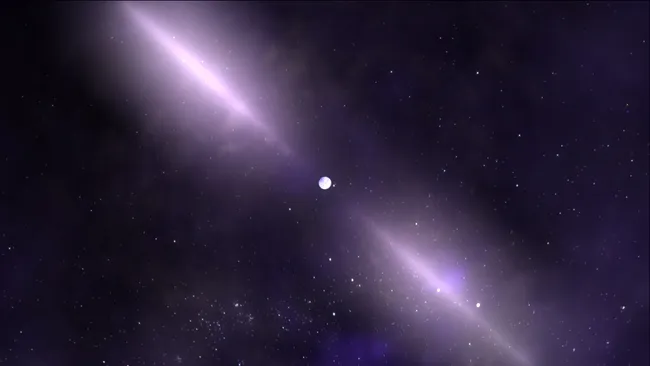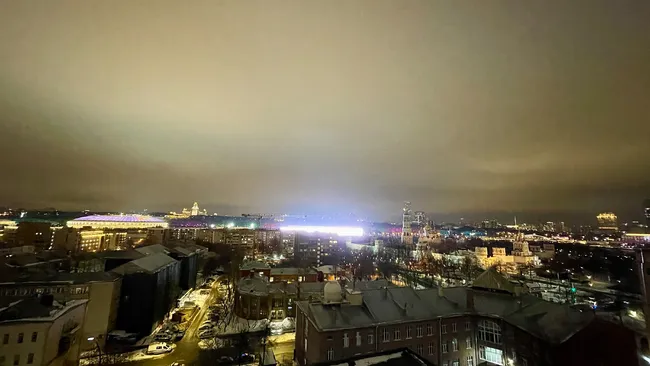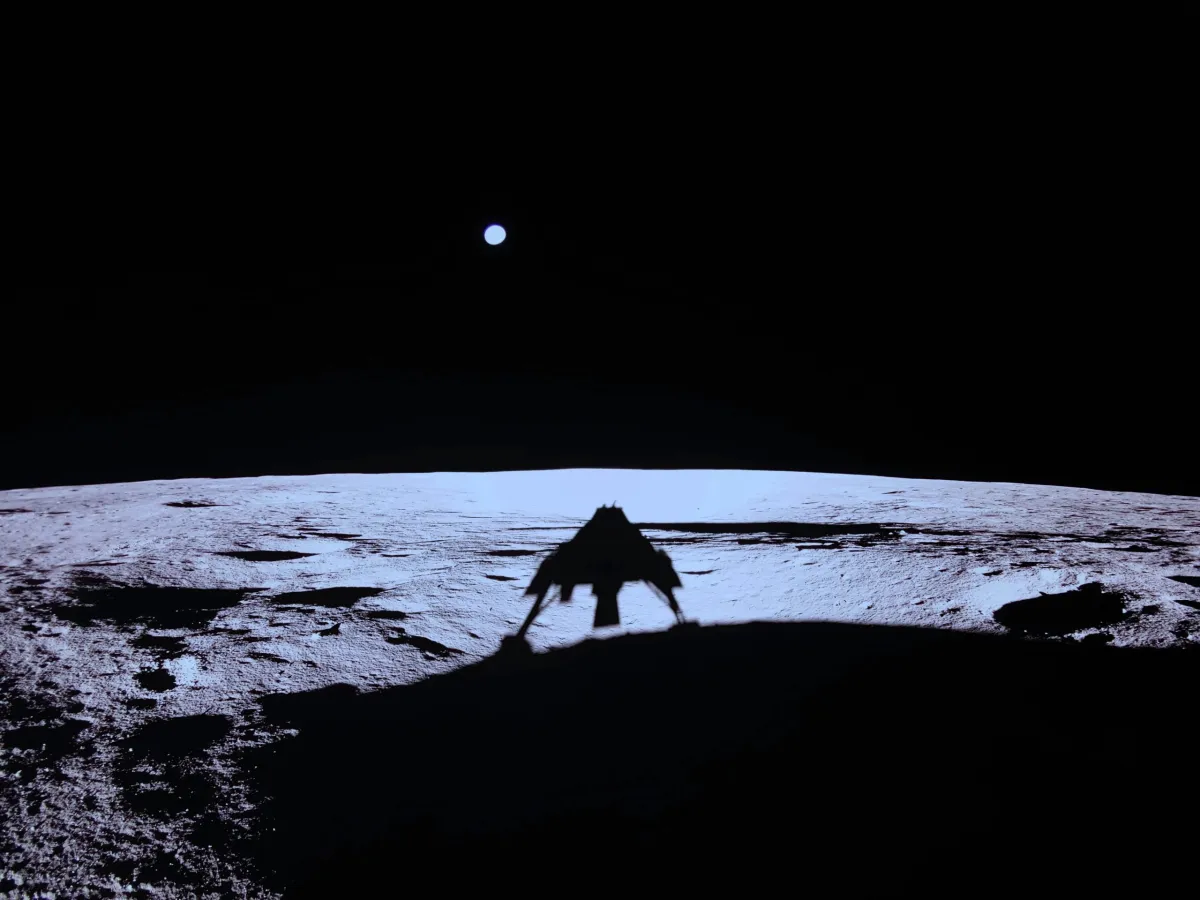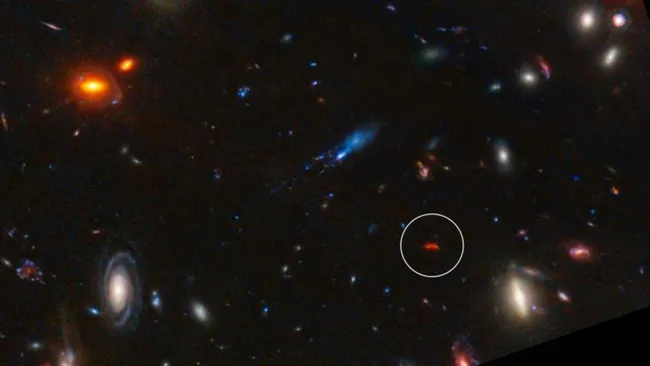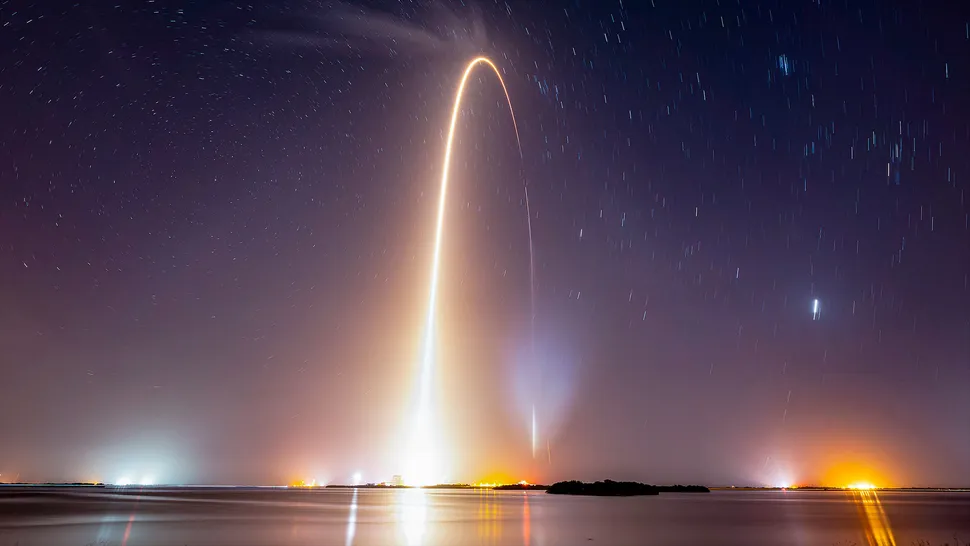A breathtaking new deep space photograph has emerged, capturing what appears to be a colossal Cosmic Baboon Nebula raging through the vastness of the cosmos. The image, taken by astrophotographer Greg Meyer, reveals an intricate scene where starlight, gas, and dust merge into a hauntingly beautiful celestial portrait.
The nebula’s “face” and “mouth” take shape within a massive molecular dust cloud roughly 500 light-years from Earth, located in the Corona Australis constellation. Its glowing blue “eyes” come from reflection nebulas that cast an otherworldly radiance across the region.
Astronomers informally refer to this formation as the Rampaging Baboon Nebula, named for its resemblance to the vibrant, expressive face of a Mandrill. The nebula lies near the NGC 6723 globular cluster — a vast stellar assembly roughly 30,000 light-years away containing hundreds of thousands of stars, visible in the upper right corner of Meyer’s composition.
To capture this cosmic spectacle, Greg Meyer spent 13 nights between June and August, using an Esprit 120mm telescope paired with a QHY 268M astronomy camera at the Starfront Observatory in Texas. Collecting the ancient light required 16.5 hours of observation, after which Meyer processed the data through Photoshop, Lightroom, and PixInsight to bring out the nebula’s fine details and subtle color gradients.
“I saw images with some oxygen, but OMG it was faint,” Meyer shared with Space.com. “I kept shooting and finally said enough. My scope is f7, so even with 200 exposures at 10 minutes each, the oxygen was faint — I did my best to bring it out for contrast.”
For aspiring astrophotographers eager to capture the nebulas and galaxies of the universe, investing in top-tier telescopes and cameras can unlock the wonders of deep space — just as Meyer’s latest cosmic masterpiece demonstrates.

